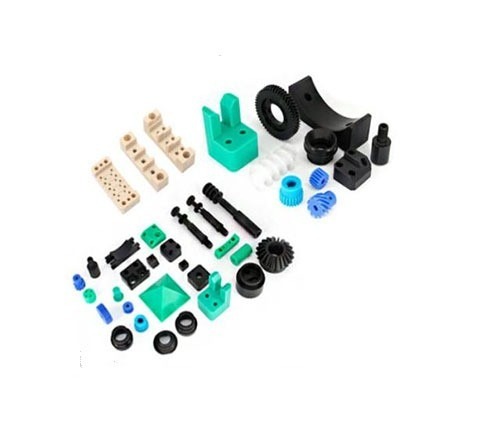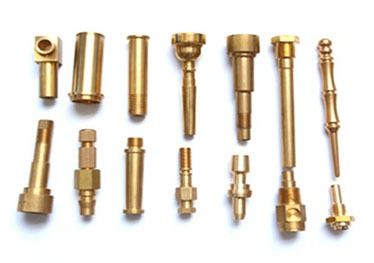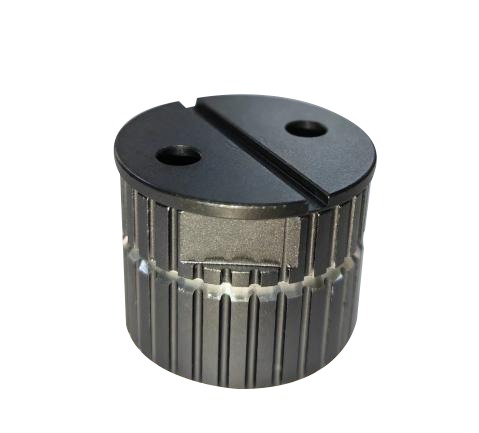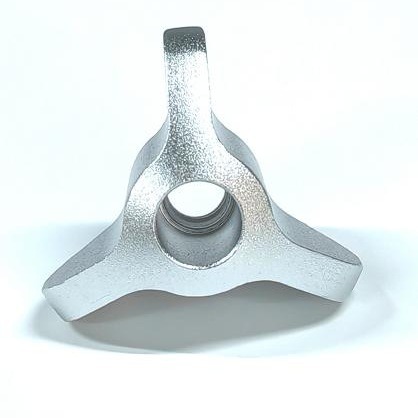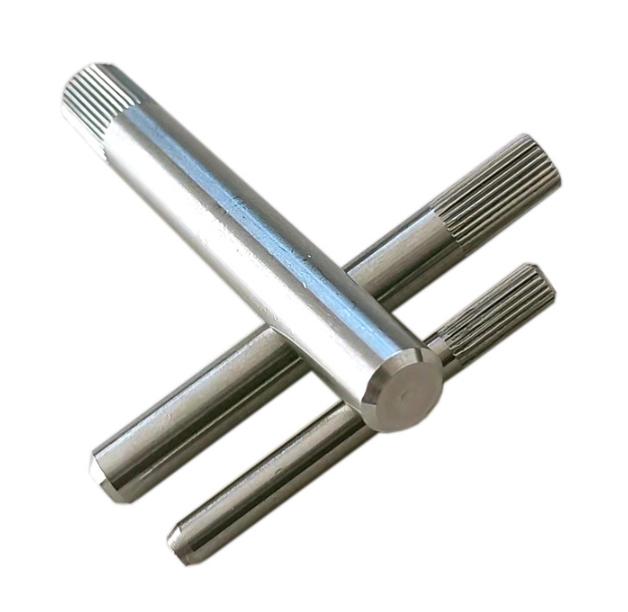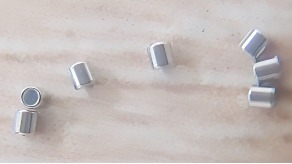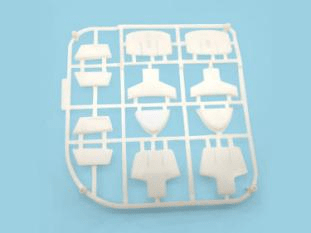What are the Types of Milling Machines
A milling machine is a kind of machine tool that uses rotating cutting cutters to treat different surfaces and profiles. Multiple cutters can be stored in a milling machine at once. By using a spinning cutter, milling machines make it easier to remove metal fragments. The cutter’s fast rotation speeds up the process of efficiently cutting through metal.
There are many different types of milling machines on the market that can be selected to meet particular needs. We will learn about milling machine categorization in this post and determine the best solution for the job. You will have a firm understanding of all varieties of milling machines and how they are used after reading. Additionally, this article will assist you in determining which milling machine is ideal for your specific requirements.
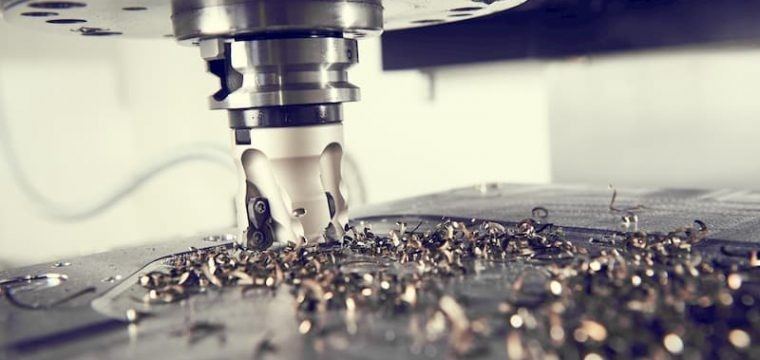
Milling Machine Types
The following is a list of the milling machine types that are most frequently used in manufacturing workshops:
- Vertical milling machine
- Horizontal milling machine
- Universal milling machine
- Rotary Table Milling Machine
- CNC Milling Machine
- Drum Milling Machine
Vertical milling machine
A vertically oriented spindle is used in vertical milling machines. The vertical milling machine is more productive than the horizontal milling machine.
Larger planes, grooves, and step planes can all be machined on the vertical milling machine using different milling cutters with shanks. It is possible to install several types of forming milling cutters, end milling cutters, angle milling cutters, and cylindrical milling cutters directly or through accessories. It is a popular piece of processing equipment for the manufacturing of machinery, molds, instruments, meters, cars, motorcycles, and other products that require the machining of plane, inclined plane, groove, and holes in various components.
Horizontal milling machine
The most common kind of milling machine ever created is a horizontal one. The spindle is installed with the machine’s worktable horizontally when it is delivered. Using different milling cutters, you will have the ability to create faces, slots, gears, and groves in a variety of materials using this machine.
By sliding the worktable in a vehicle, cross, and longitudinal direction, you can feed the workpiece in three distinct ways.
Universal milling machine
A worktable that swings 45 degrees on both axes is provided by the universal milling machine, an improved variant of the horizontal milling machine. Compared to a horizontal milling machine, you now have an extra axis thanks to this additional feature.
Almost every type of milling operation, including helical milling procedures, can be completed using the universal milling machine. It can also carry out every machining task that a shaping machine is capable of.
Rotary Table Milling Machine
A circular table that rotates on a vertical axis makes up the rotary table milling machine. Multiple cutters must be positioned at various heights. One cutter on the machine roughs up the workpiece while the other cutters finalize the surface. The most important benefit of the rotary table milling machine is that the operator may continually load and unload the workpieces while the machine is operating.
CNC Milling Machine
The CNC milling machine is the most adaptable, and you must use a computer to manage its functions. The table can rotate 360 degrees and the spindle can move in all three directions with this machine. The movements are managed hydraulically in response to computer orders. Simply input the workpiece’s sketch into your computer, and the machine will use that sketch to automatically run the workpiece through its cutters.
Drum Milling Machine
The drum milling device resembles a rotary table exactly. The only difference is that this machine has a table that supports the workpiece and is called a drum, which can only rotate horizontally. You must set the workpiece on the drum in order to remove the metal. Three or four spindle heads are present on these cutters. After one complete rotation, you need to remove the finished pieces and clamp the new one onto it.
KENENG can provide a variety of CNC machining processing services, including screws, bolts, nuts, rivets, etc., and can also provide customized parts according to customer drawings. Welcome customers from all over the world to contact us at any time.

